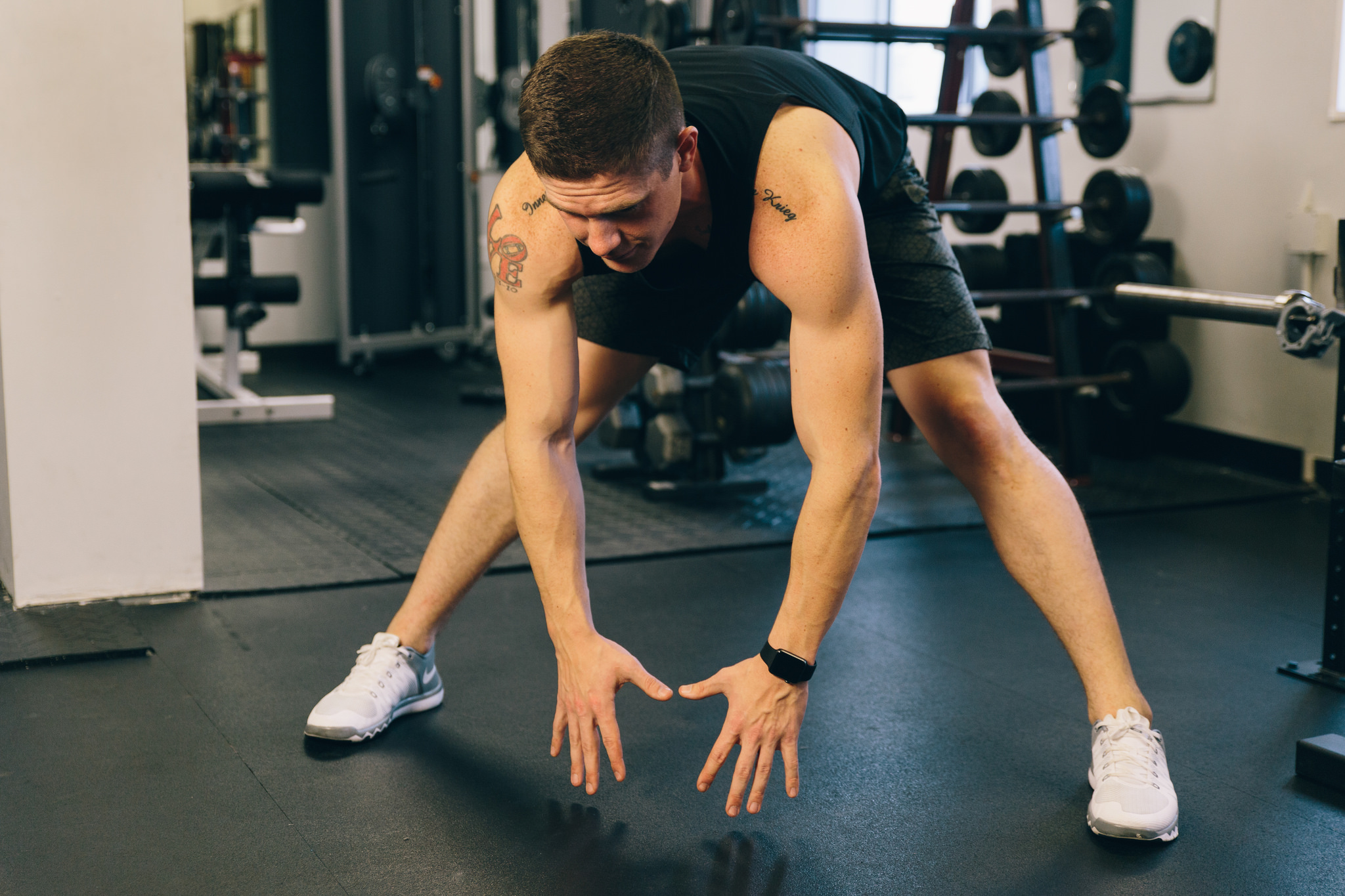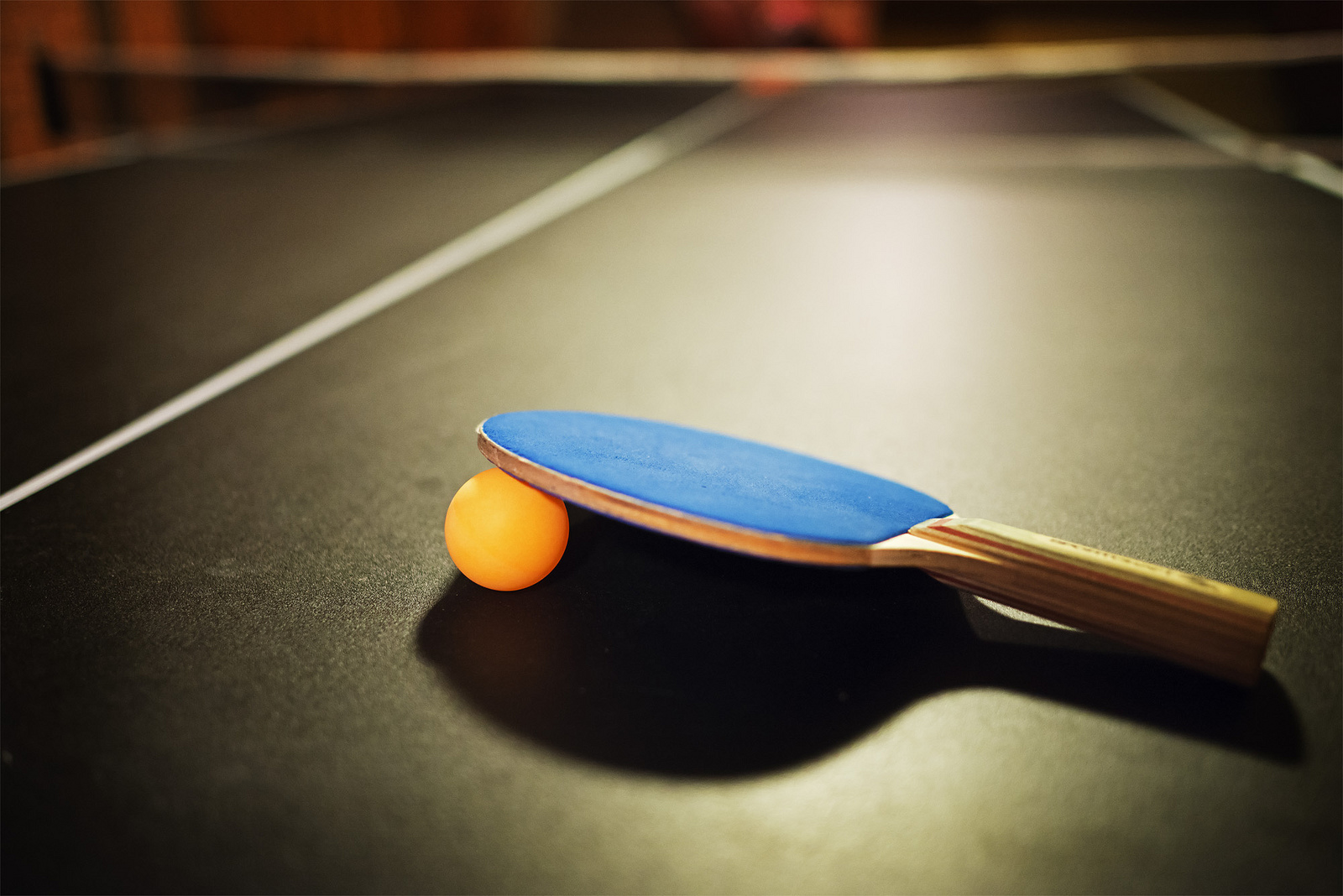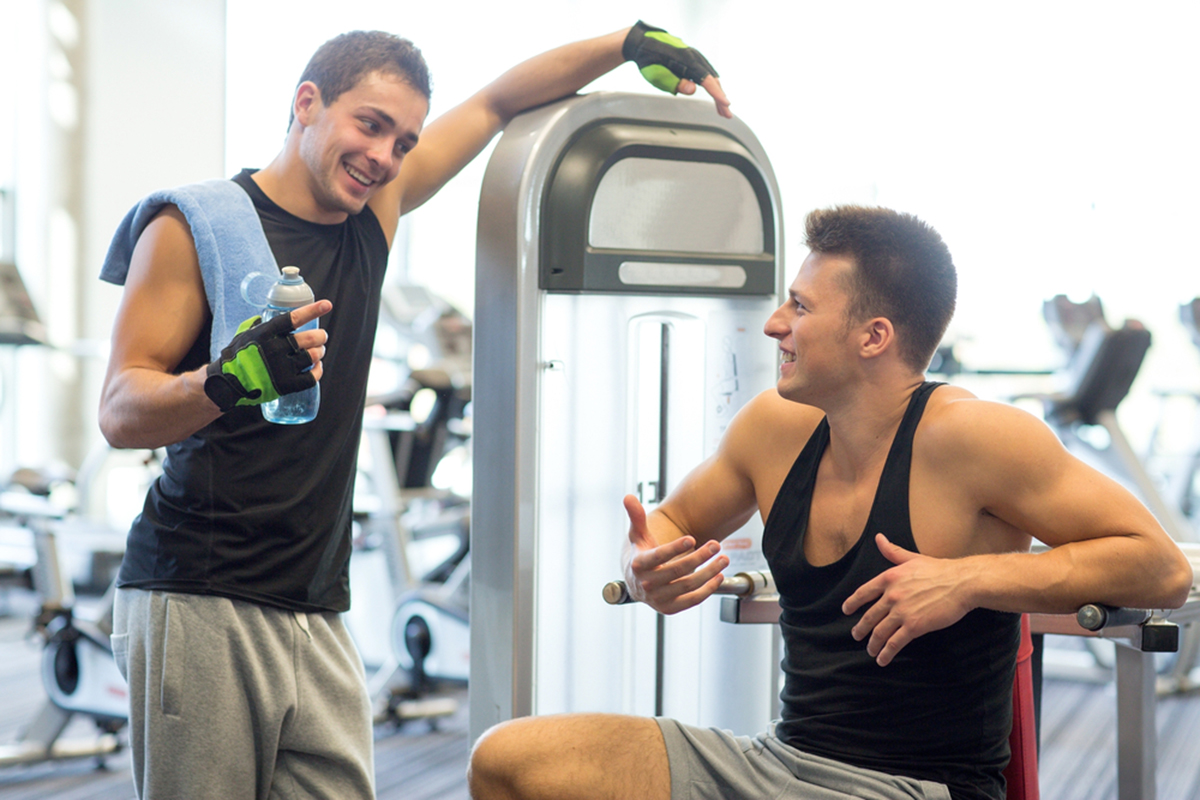Hitting The Empathy Gym With Alan Alda
Empathy is key to communicating science. Coach Alda is here to help you hit your reps.

Alan Alda is puzzled.
He spends a lot of time these days with scientists at the Center for Communicating Science, thinking about how they can make their research more relatable to the public. One of the sources he draws from is his theater background. Turns out, the recipes for success on the stage and success in science communication share one key ingredient: empathy.
“This is a strange thing, and I don’t understand it,” he said recently on Science Friday. “We have the capacity for empathy. It feels good when we exercise it. Things go so much better … yet it wears off after awhile, and I need a booster shot.”
[These science students are learning to think on their feet.]
Alda says empathy isn’t something we’re either born with or without; it’s something we can practice. “[It’s] almost like going to the gym,” he says. “It’s like the empathy gym.”
So pack your bag, gym rats. Let’s pump some empathic iron.

Need to explain the Higgs boson? Try starting with how excited researchers were to discover it, rather than launching into an explanation of a Higgs field.
“Knowing what [someone is] ready to hear is critical, and coming in too early or too late can be confusing,” Alda writes in his new book If I Understood You, Would I Have This Look on My Face? “You not only have to start with what they already understand, you have to know when to stop, or they’ll feel swamped.”
[Alan Alda asked scientists to explain the flame.]
And make sure you know your audience—sometimes, people don’t really want an explanation at all, he points out.
“If someone has a medical problem, do they want a detailed account of the facts (some do), or are they too vulnerable for that?” Alda writes. “Maybe they need presence more than knowledge.”

When you’re trying to communicate science—or any idea—make sure you’re talking with someone, not at them.
“You have to listen better than the person you’re communicating with,” Alda says. “The other person becomes your communicating partner, not the target of your communication. There’s a big difference. It’s ping pong instead of archery.”
[Could a lack of empathy explain cruelty?]
So, how do you make sure to reach for the paddles instead of the bows? Pay attention to where you’re choosing to focus.
“The other person—the person you’re trying to communicate with—is the one you have to focus on, not what you want to say,” says Alda. “You’ve got to know who they are, where they are in their head while you’re communicating with them.”

Another way to tap into empathy is by finding a thread of commonality with the person you’re talking to—even if that person is, say, a climate change denier.
One study out of Harvard shows that classroom relationships improve when teachers and students are aware of any similarities they have, and another from Wellesley College and the University of Kansas indicates that we’re hardwired to seek “like-minded others.”
[How to talk about climate change with a denier.]
Alda argues that that sense of familiarity helps bridge the gap when talking about tough scientific concepts, and about life in general: “This connection that we establish is something basic to all communication.”
Pretty soon you’ll be saying, “You empathize, bro? Same!”

Having an impulse to do something positive is one thing. Actually doing it is another. For Alan Alda, focusing on a moment of empathy helped him do the dishes.
He came home late at night to a sleeping wife and a sink full of dirty dishes and thought to himself, “I guess I ought to do something about that.”
And that’s almost where it ended.
[This video game engages complex emotions—like empathy.]
“But then I had this little moment of empathy, where I could feel what [my wife] was feeling. And I thought, when she wakes up in the morning, what is she going to feel when she looks in that sink?”
Coach Alda cleaned that sink right up.
Notice how Alda’s story helped build a case for being empathetic. (See what we did there?) Telling a story can be an important tool for communicating information, too—even when the subject matter is tough to swallow.
Coach Alda says that scientists are often trained “for good reason” not to include emotion when talking to other scientists. However, when you’re talking to people who aren’t scientists, Coach suggests ditching jargon in favor of anecdotes.
Often, when he asks scientists in his workshop to tell him the story of one of their experiments, they insist that they don’t have a story to tell. “And then it turns out that the beaker broke, and six months of their data was lost, or something like that,” Coach says. “Everybody has a story.”

Alda says we can develop daily exercises to do throughout the day to keep our empathy muscles swole. In fact, he practiced on the way to the studio the day he sat down to chat with Ira.
“[The driver] went a roundabout route and I had asked him to go a different route and I had an impulse to be snarky,” says Alda. “And I thought about what he was going through. And I got connected to him in a way that relieved me of the need to be snarky.”
That connection didn’t just alleviate a pesky impulse. It also broke open a channel of communication.
[Ever “hit a wall” when exercising? Science can explain that.]
“I don’t know if you can do good communication without having an awareness of what the other person is going through, especially emotionally,” says Coach. “You get habituated to reading another person. And that gives you the chance to have a clue about what they’re going through as you communicate with them.”
And if you can keep that awareness in mind, Alda says, “I think your chances of communicating are far better.”
Now get out there and flex those empathy muscles, fellow geeks!
Comments have been edited for clarity and/or length.
[Can diet and exercise affect your genes?]
Johanna Mayer is a podcast producer and hosted Science Diction from Science Friday. When she’s not working, she’s probably baking a fruit pie. Cherry’s her specialty, but she whips up a mean rhubarb streusel as well.